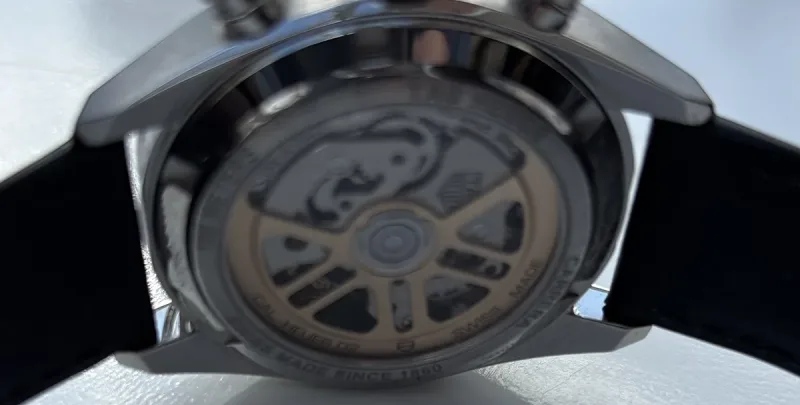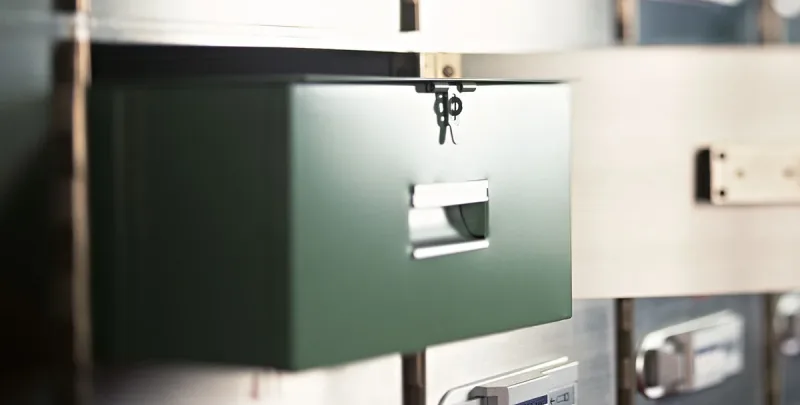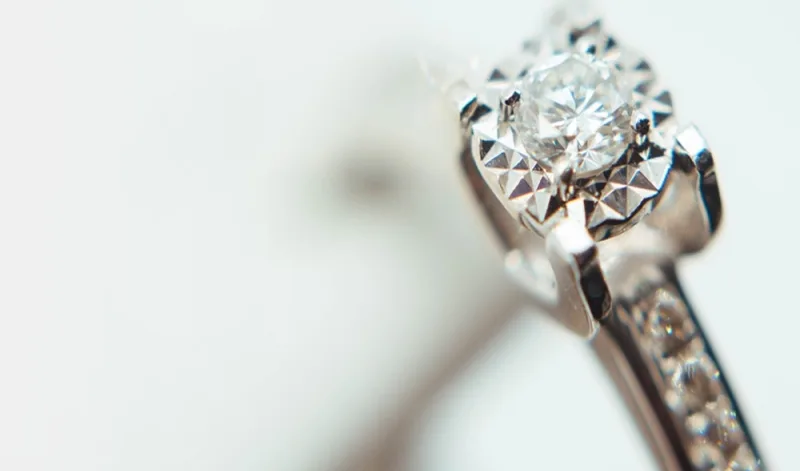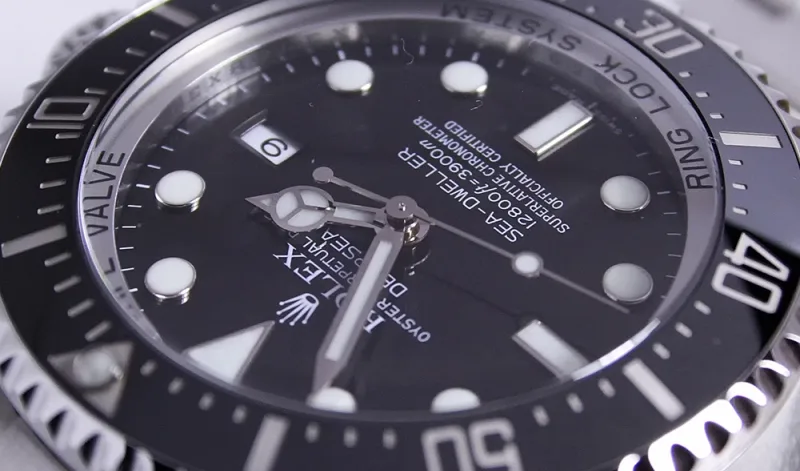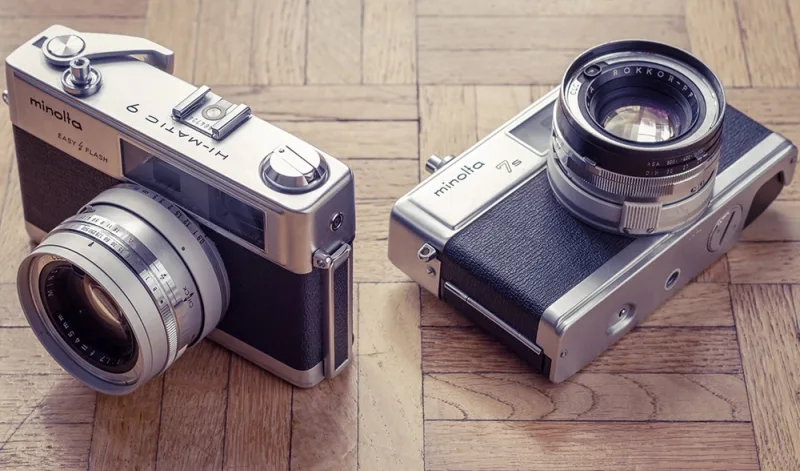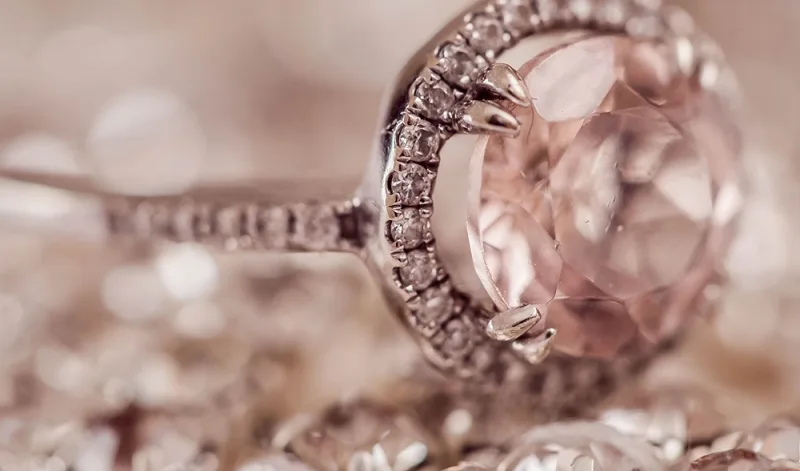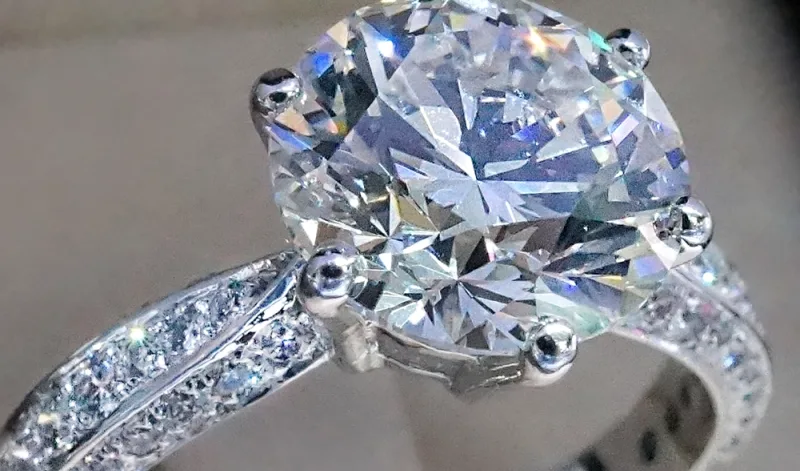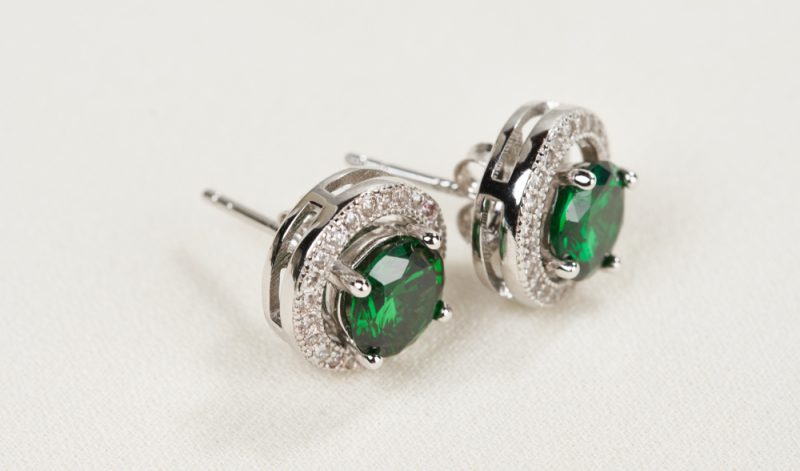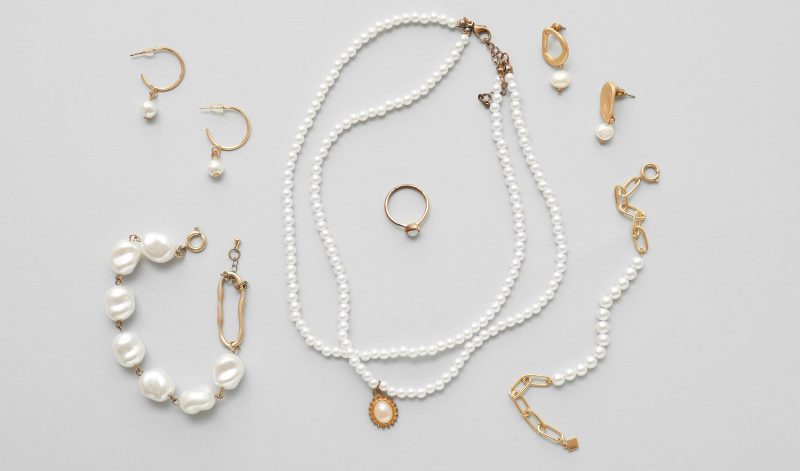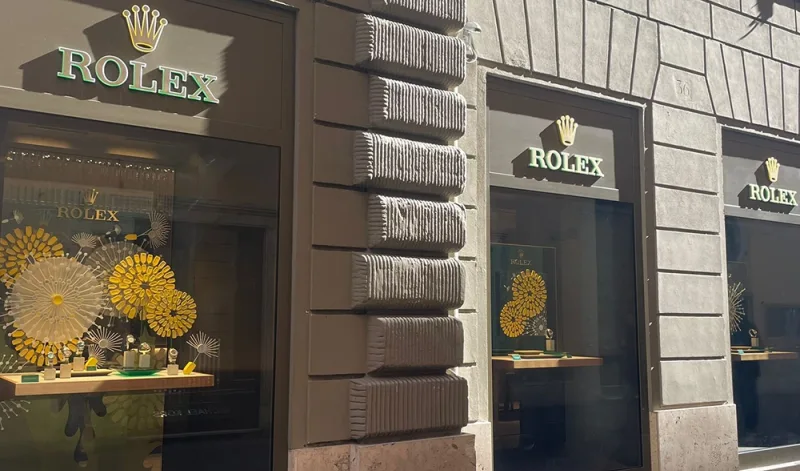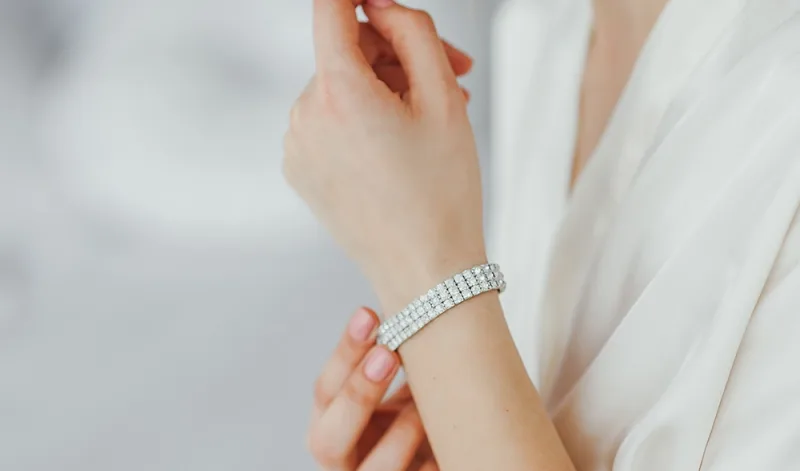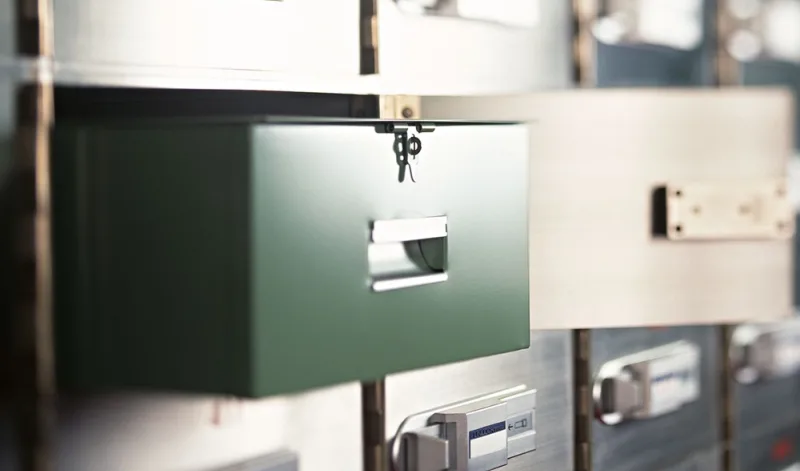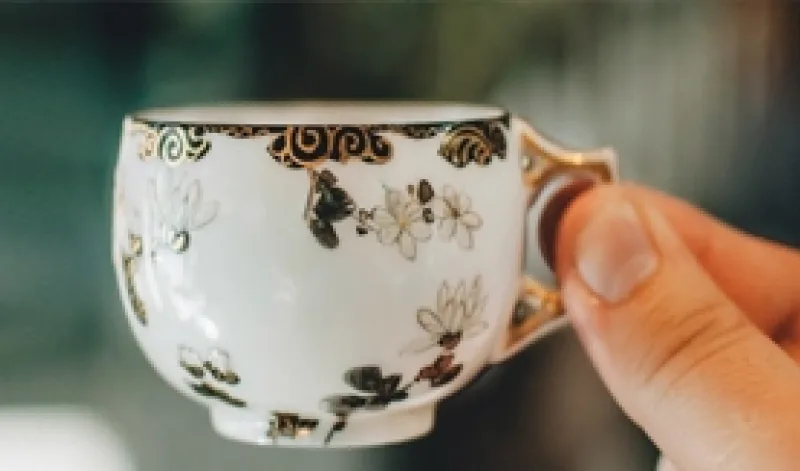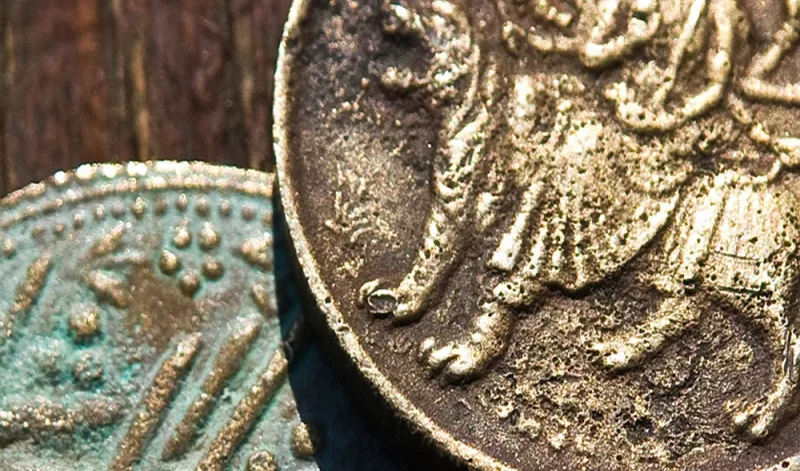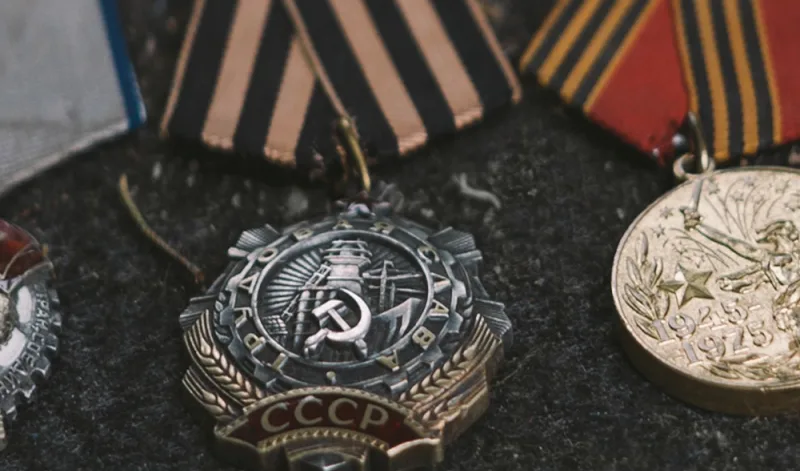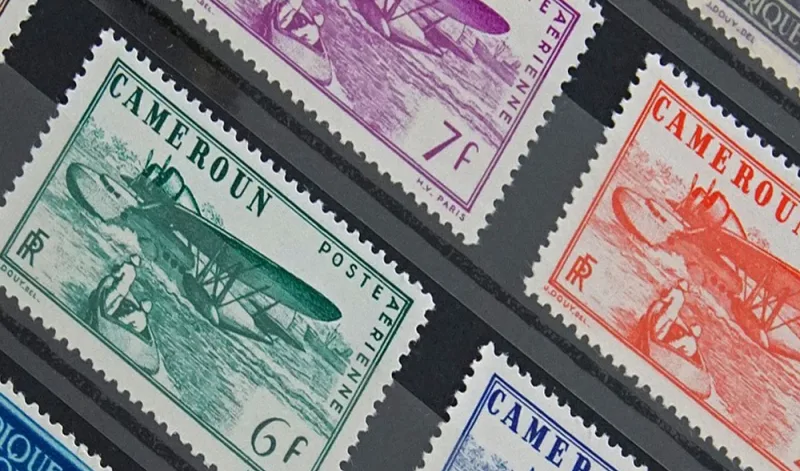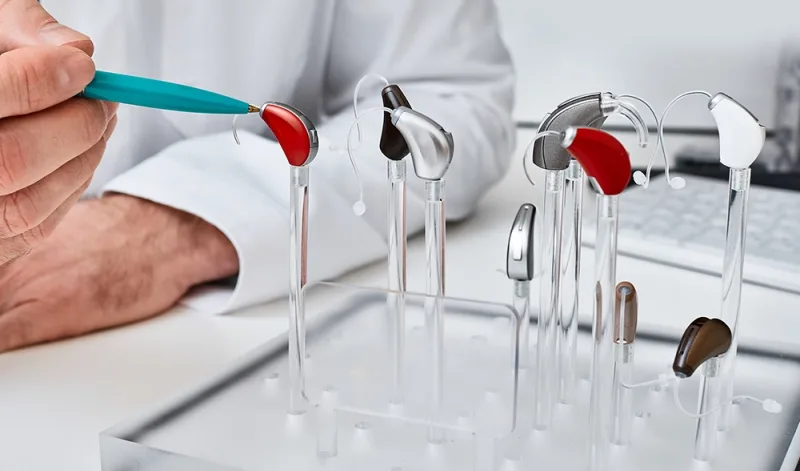From Battlefield to Fashion Icon
There’s something special about a watch it’s more than a tool, it’s a story you carry on your wrist. Whether you're wearing a Rolex heirloom or an Omega marking a special celebration, each timepiece reflects who you are.
Here is a quick guide through the wristwatch’s journey from its mechanised beginnings centuries ago to today’s blend of smart tech and craftsmanship.
From clocks to watches: Early origins
Watches began life not on wrists, but as portable, spring driven timepieces in 15th century Europe. By the 16th century, “clock watches” often ornate pendants emerged in German cities like Nuremberg and Augsburg. These early timepieces, such as Peter Henlein’s pomander watch in 1505, were more jewellery than precision instruments.
These early clock watches weren’t made to tell the time with any real accuracy. In fact, their mechanisms were so imprecise that they could be off by several hours a day. Instead, they were created as decorative objects ornate novelties worn by the nobility. Their appeal lay in their craftsmanship, unusual shapes, and curious inner workings, with timekeeping being more of a secondary feature than a practical one.
By the 17th and 18th centuries, mechanical innovation allowed watches to go from novelties to practical tools. Some sources say Abraham Louis Breguet created the first self winding watch in 1780 and even crafted what’s believed to be the first ever wristwatch for the Queen of Naples around 1810. Others say that the first wristwatch was made in 1868, for Countess Koscowicz of Hungary, who had a bracelet watch made by the Swiss watch manufacturer, Patek Philippe.
A women’s accessory: the wristlet
Unsurprisingly, the earliest wristwatches then called “wristlets” were seen as feminine jewellery, often worn by aristocratic women. Men continued to use pocket watches well into the 19th century until everyday practicality challenged the norm.
When work and war demanded it: WWI
By the late 19th century, militaries began adopting wristwatches. In the 1880s, British officers in Burma (Myanmar) and during the Boer War used them to synchronise movements. The trench environment demanded quick, one handed time checks under fire making the humble pocket watch obsolete.
British soldiers during WW1 also adopted wristwatches, typically called Trench Watches. These had metal covers to withstand shrapnel as well as a luminescent radium hour hand. These wartime tools proved so practical that, by the end of WWI, wristwatches had firmly gained masculine credibility.
Not all early wristwatches were made with the military in mind. One of the most notable examples is the Cartier Santos, created in 1904 for the Brazilian aviator Alberto Santos-Dumont. Designed by Louis Cartier, it’s widely recognised as the first purpose built wristwatch and arguably, the very first pilot’s watch.
Yet despite this milestone, many accounts of wristwatch history begin with the First World War, often overlooking the fact that women had been wearing wristwatches long before they became standard issue for men.
The roaring twenties: everyday elegance
Once back home, veterans didn’t go back to pocket watches. Instead, a market opened for refined, Art Deco wristwatches. Suddenly, men’s watches became expressions of style, not just function. By 1930, wrist to pocket watch ratio was roughly 50:1.
Icons are born: Rolex, Omega, and the Cartier Tank
The post-war years also saw the rise of the big names we still know and love today. In 1926, Rolex made history with the Oyster, the world’s first waterproof wristwatch. It was famously worn by swimmer Mercedes Gleitze as she attempted to cross the English Channel. After ten hours in the cold sea water, the watch came out working perfectly and Rolex’s reputation was sealed.
Omega also made a name for itself through its military associations, becoming a trusted supplier to the British Ministry of Defence during World War II. It was reliable, precise, and built to withstand anything.
Then there’s Cartier, whose Tank watch, first designed in 1917 and released to the public in the early 1920s, remains one of the most recognisable wristwatches ever made. Inspired by the design of Renault tanks used on the Western Front, it brought clean lines and elegance to the male wrist and became a favourite of icons from Jackie Kennedy to Andy Warhol.
Driven by speed: How motorsport shaped modern watches
As the 20th century progressed, it wasn’t just the military influencing watch design it was speed. The rise of sports cars and competitive racing introduced new demands for precision timing. Drivers, pit crews, and race officials all needed reliable chronographs that could be read easily as well as withstand intense vibrations and G-forces.
Brands responded. TAG Heuer, for example, became synonymous with motorsport. Its iconic Carrera chronograph, launched in 1963, was named after the gruelling Carrera Panamericana road race and designed for professional drivers. The brand also introduced dashboard timers and wristwatches used in Formula One, rallying, and endurance racing.
Rolex entered the fray with its legendary Cosmograph Daytona, launched in 1963 and later made famous by Paul Newman. Designed with a tachymeter bezel and subdials for measuring lap times, it remains one of the most sought after racing watches in the world.
Even Omega got involved not just in space (famously with the Speedmaster), but on the track. Motorsport brought durability, high legibility, and technical complications to the forefront and many of those designs still shape sports watches today.
The 1970s shake up: Quartz changes everything
Just when the Swiss watch industry thought it had reached its golden age, the ground shifted under its feet. In 1969, Japanese brand Seiko launched the Quartz Astron a battery powered watch that used a vibrating quartz crystal to keep time. It was incredibly accurate, far cheaper to produce, and didn’t need winding.
The Swiss industry, built on mechanical movements, was slow to respond. What followed was known as the Quartz Crisis, a period during the 1970s and 80s when many traditional watchmakers went out of business. It was a tough time, and many assumed the mechanical watch was finished.
The comeback: Why mechanical watches matter again
In the 1990s and early 2000s, people started to fall back in love with mechanical watches not for their accuracy (quartz still wins there), but for their beauty, engineering, and connection to heritage.
Collectors began to seek out vintage models with in house movements, intricate complications, and stories behind them. The appeal wasn’t just in what the watch could do it was how it was made, and the history it represented.
Independent brands also began to pop up, bringing creativity back into the industry. And the Swiss watch world didn’t just survive it evolved, offering craftsmanship that couldn't be replicated by a circuit board.
Today’s scene: Smartwatches, microbrands, and the British comeback
Fast forward to today, and the watch world is more diverse than ever.
On one side, you’ve got smartwatches from the likes of Apple, Garmin, and Samsung, offering everything from heart rate tracking to text alerts. They’re functional, high-tech, and hugely popular.
But mechanical watches haven’t gone anywhere. In fact, demand for classic, hand-finished timepieces is stronger than ever especially among collectors who appreciate a slower kind of craftsmanship.
What’s more, British watchmaking is having something of a renaissance. Brands like Bremont, Fears, and Christopher Ward are proudly building watches here in the UK combining history, quality, and homegrown innovation.
Why it’s worth protecting your watch
Whether it’s a modern classic or a vintage heirloom, a good watch is worth more than just its market value. It could be a gift, an investment, or something you’ve waited years to own. And because of that, watch insurance isn’t just a practical step it’s a way to have peace of mind.
At Assetsure, we offer specialist watch insurance that covers loss, theft, and accidental damage often with worldwide cover and no excess to pay on successful claims.
If you’d like to make sure your watch is properly protected, you can get a quote online or, please give us a call on 0208 0033 190. We’d be delighted to help.
Disclaimer: This article is based on our own research and interpretation of historical sources. Timelines and claims may vary depending on the reference material used.
